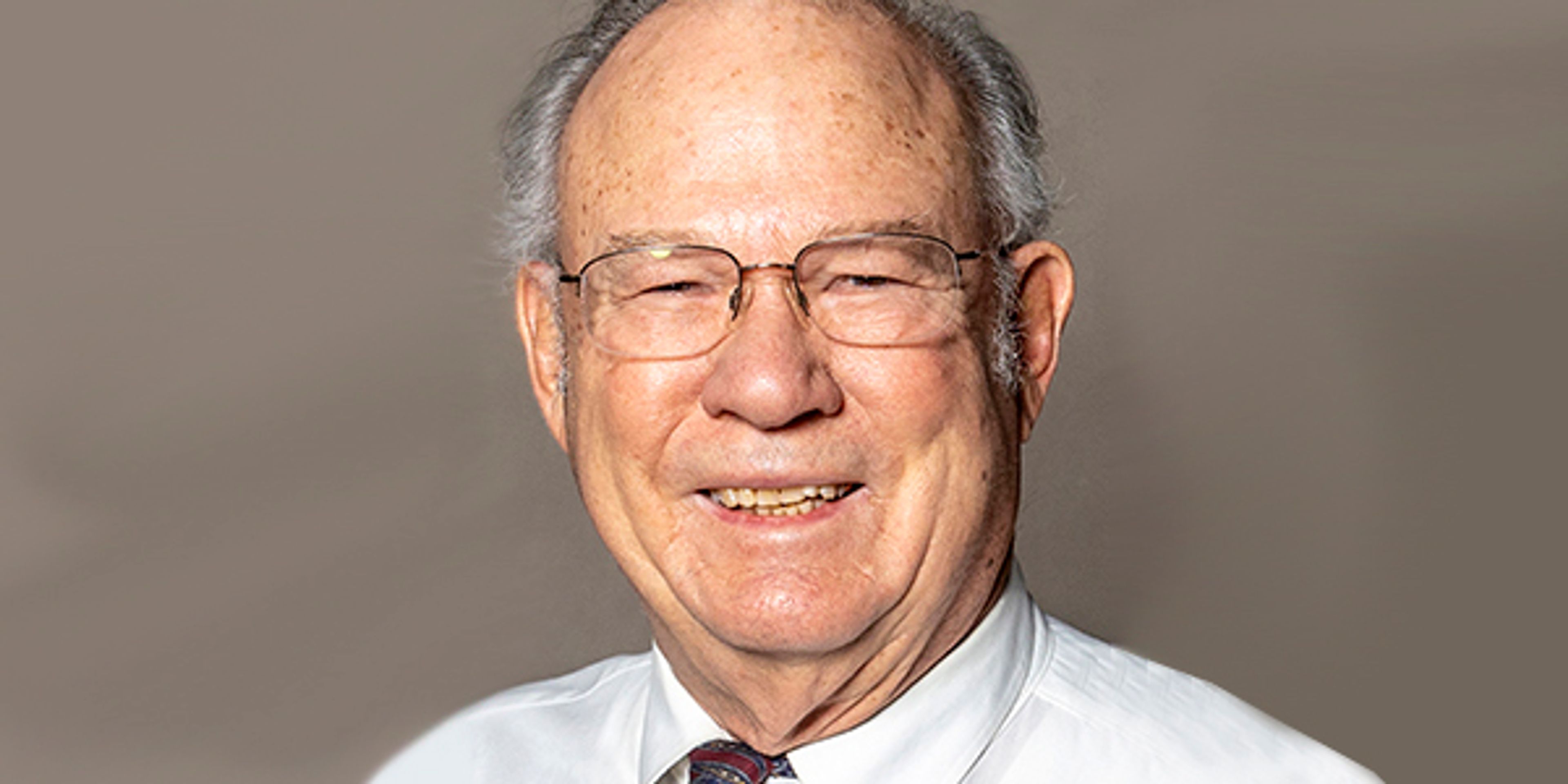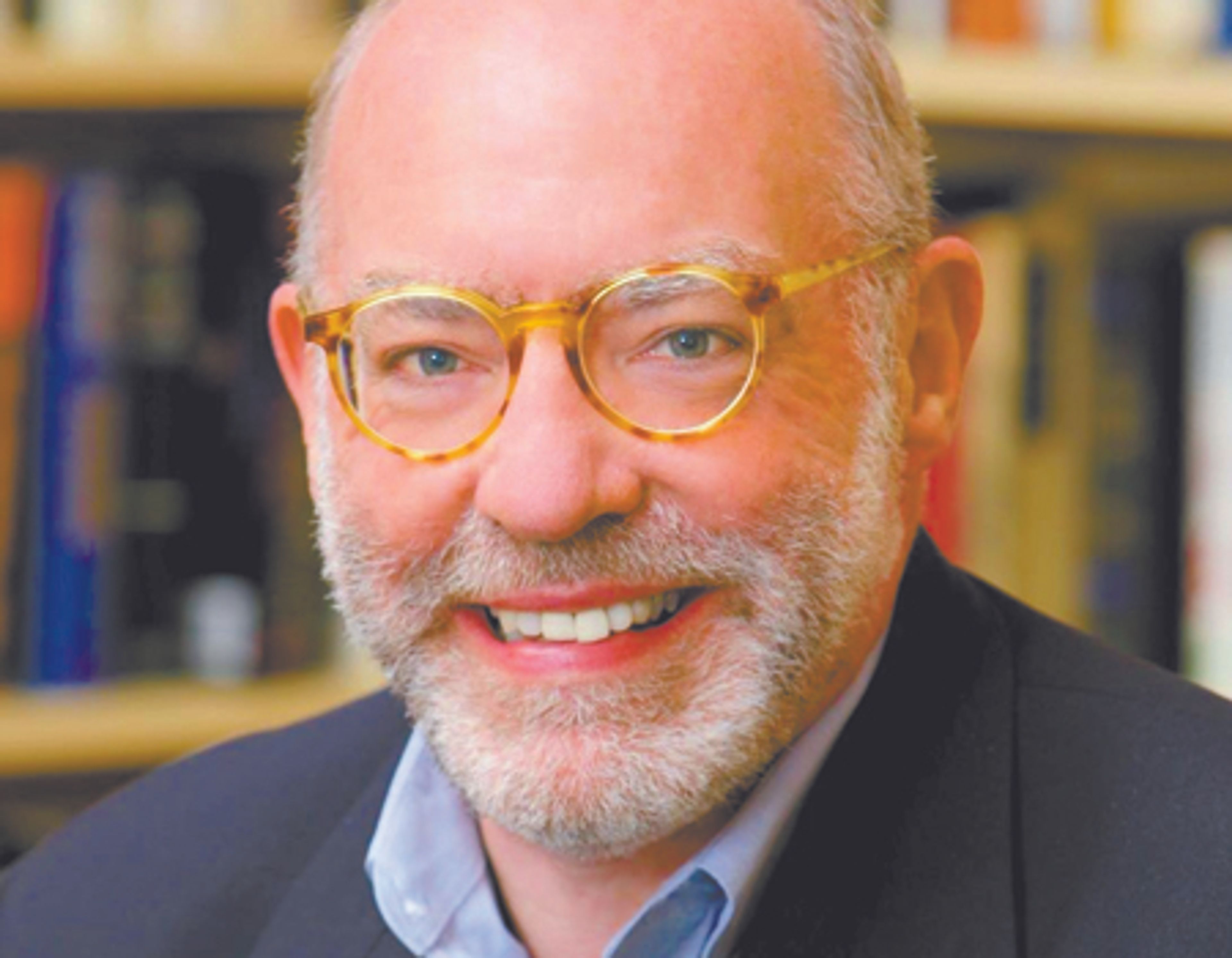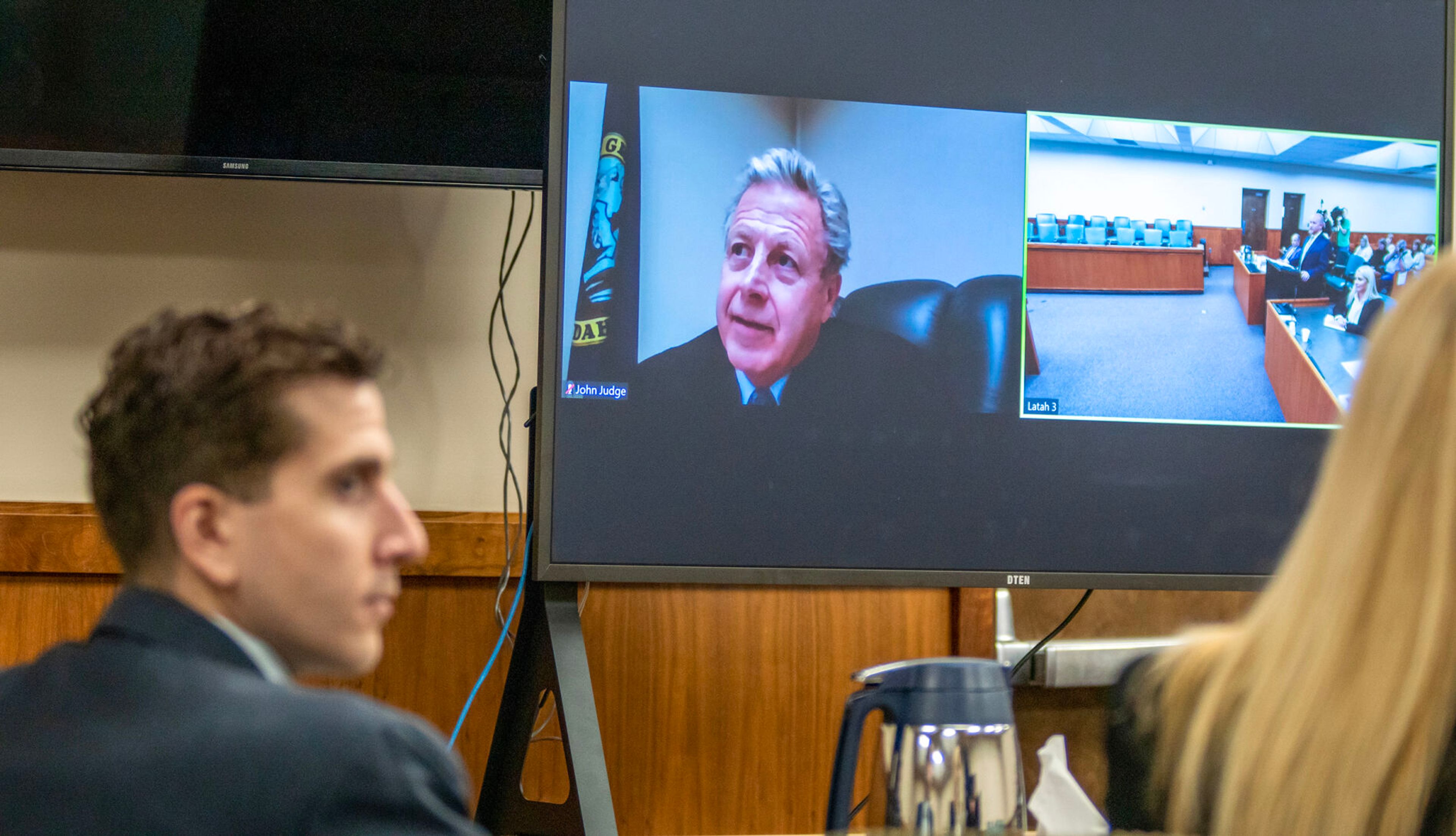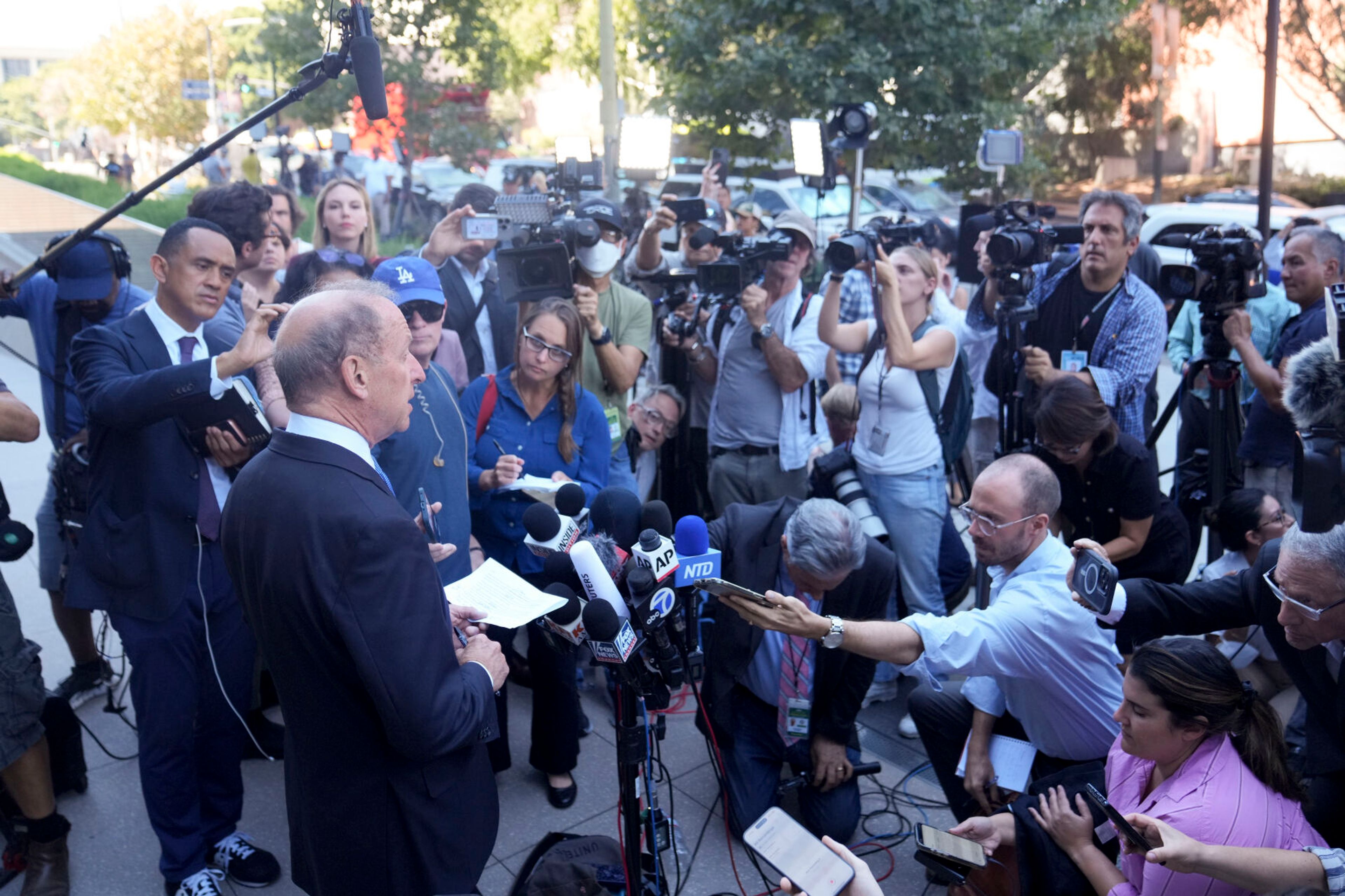This editorial was published by the Columbian of Vancouver, Wash.
———
Gov. Jay Inslee this week signed a series of gun-control bills sent to him by the Legislature. The most notable is a ban on “ghost guns” — plastic firearms made on 3D printers, and guns without serial numbers, including those constructed from do-it-yourself kits that are available online.
When lawmakers last month approved the bill, state Attorney General Bob Ferguson, who requested the legislation, said: “I support the Second Amendment. However, we cannot allow felons and other dangerous individuals to get around our state’s background check requirements by printing untraceable, undetectable 3D-printed guns. Guns that evade metal detectors pose too great a risk to the safety of our communities.”
In signing the legislation, Inslee again placed a spotlight on the issue of gun control. So did a school shooting near Denver, which occurred the same day. One person was killed and eight were injured at STEM School Highlands Ranch, which is seven miles from Columbine High School, site of an infamous 1999 school shooting.
According to the Gun Violence Archive, there have been at least 118 mass shootings (four or more people shot in one incident, not including the perpetrator) in 2019 in the United States. The year is 129 days old.
In other words, the United States has a problem with gun violence. According to the Human Development Index, this nation has a firearm homicide rate six times that of Canada and 16 times that of Germany. In fact, our gun homicide rate is by far the highest of any developed nation.
The reasons are not difficult to discern. The United States has less than 5 percent of the world’s population but, according to the Small Arms Survey, has 42 percent of the world’s civilian-owned guns. When the data are distilled down to the state level, it becomes even clearer that more guns mean more deaths by firearm. According to the Violence Policy Center, Alaska, Alabama, Louisiana and Mississippi have the highest rates of gun ownership; they also have the highest rates of gun deaths.
One argument posited by gun-rights advocates is that widespread gun ownership is essential to the freedom of American society; that an armed populace helps keep the government in check.
This is a specious argument. In 1996, after 35 people were killed in a shooting, Australia banned semi-automatic and self-loading weapons and tightened restrictions on gun purchases. According to a Freedom House report last year, Australia ranked sixth on the global freedom index in terms of political rights and civil liberties. The United States ranked 58th.
New Zealand, where military-style weapons were banned last month — 26 days after shootings at mosques — ranked eighth in freedom. Again, the United States ranked 58th; gun ownership does not necessarily equal freedom.
Laws alone cannot prevent gun violence or mass shootings, particularly when the United States has more than 300 million civilian-owned firearms. But our inability to deal with the problem is an embarrassment and has turned this nation into a source of global bewilderment. The United States is the only nation in the world in which mass shootings are an almost daily occurrence.
Washington voters took one step toward correcting that by passing Initiative 1639 last fall. The measure is facing a court challenge from gun-rights advocates, as it should. It is essential that laws adhere to the U.S. and state constitutions; Washington will adhere to the court’s decision.
Now the state has taken additional steps to address a shameful level of gun violence. They are steps in the right direction.








